ABOUT US



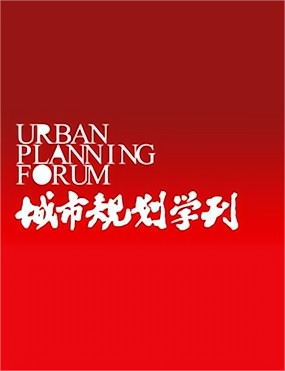
Urban Planning Forum (bimonthly, UPF for short), launched in 1957, is one of the earliest academic journals in the urban planning field in China. 232 issues have been published up to now. The editorial department, led by a knowledgeable editorial committee, is staffed by professionals with rich editing experience, good academic knowledge and incisive insights.
UPF is characterized by creativity, perspectiveness and technicality. It mainly publishes latest researches on urban-rural development and planning issues in China. It keeps pace with the contemporary time, complements the national economic and social development, and disseminates latest research results in the planning discipline. It also showcases researches in other related fields. UPF is one of the most influential and authoritative planning journals in China.
UPF organizes the annual influential event - China Urban Planning Forum. It also gives JIN Jingchang Award for Excellent Papers in Urban Planning, which represents the highest level of scholastic achievement in planning in China.
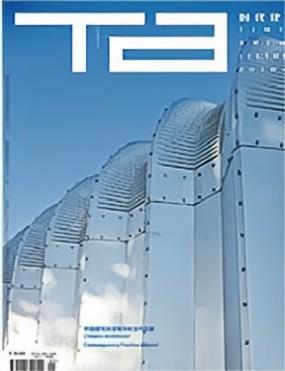
Time + Architecture (bimonthly),founded in 1984, both academic and professional, is taking “contemporaneity, proactivity and criticality” as its academic pursuit, and is holding the view of “China’s Proposition, World’s Foresight” while planning the themes and soliciting the contributions. Aimed at promoting academic research and disciplinary development and enhancing domestic and foreign academic communication, the journal strives to catch hold of the academic and professional issues about the dramatic changes of cities and architecture in China, pay attention tothe international architectural development frontier and new academic trends, explore deep into the core issues related to architecture and encourage and introduce constantly independent and thoughtful architects and their works. Since its foundation, it has released over 160 issues and has been recording truthfully the contemporary narrations of Chinese architecture and engaging in it proactively, and has witnessed a panoramic view of the development of contemporary Chinese architecture. The journal has become an important window for showcasing the contemporary Chinese architecture. Prof. LUO Xiaowei is the director of the editorial committee, and Prof. ZHI Wenjun is the editor-in-chief.

Heritage Architecture (quarterly) is the first comprehensive and professional journal covering all aspects of the research, conservation, and regeneration of historic built artefacts and the built environment in China. With the Editorial Team based in Tongji University, the Journal is administrated by the Chinese Academy of Sciences and sponsored by the China Science Publishing and Media Group Ltd. and Tongji University. The Journal was launched in 2016, published in Chinese with English abstracts and synopsis, and distributed domestically and abroad.

Built Heritage (CN 31-2123/G0, ISSN 2096-3041) is an international journal published quarterly, indexed in CSCD, DOAJ and Scopus, sponsored by Tongji University, co-published by Tongji University Press and Springer Nature. It is devoted to all aspects regarding the research, conservation, and regeneration of historic buildings, settlements, and sites. It is the first journal in China published in English that integrates built heritage conservation in the multidisciplinary sphere of architecture, urban and rural planning, and landscape architecture, offering support to the debate on the field from a critical perspective, actively engaging with hot topics and the latest discussions. The editor-in-chief Chang Qing is Professor of the College of Architecture and Urban Planning at Tongji University and an academician of the Chinese Academy of Sciences. The co-editor-in-chief Zhou Jian is Professor of the College of Architecture and Urban Planning at Tongji University and the Secretary-General of the World Heritage Institute of Training and Research for the Asia and the Pacific Region under the auspices of UNESCO (WHITRAP).

Architecture China is the first globally distributed, all-English professional journal focusing on the development of contemporary Chinese architecture. Founded in 2018, the journal is published twice a year and contains thematic articles, projects, news, book reviews, and other sections. Li Xiangning, an architecture critic, curator and dean of the School of Architecture and Urban Planning at Tongji University, serves as its editor-in-chief. In addition, Architecture China is also the organizer of the Building with Nature · Architecture China Award. The journal to evangelizing Chinese architecture and architects to the world.
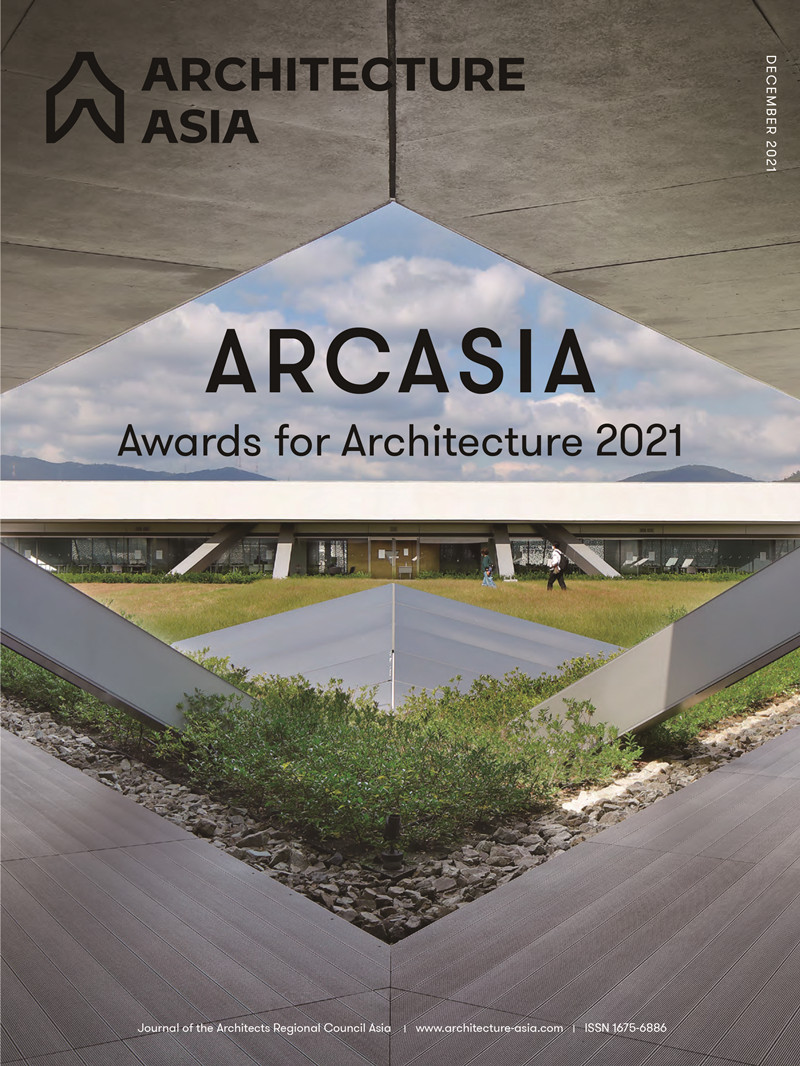
Architecture Asia, as the official journal of the Architects Regional Council Asia, aims to provide a forum not only for presenting Asian phenomena and their characteristics to the world but also for understanding diversity and multiculturalism within Asia from a global perspective.
Focusing on the architectural humanities, this quarterly, double-blind peer-reviewed journal strongly encourages submissions from all fields related to architecture and the city, such as architectural design, theory, technology, sustainability, and pedagogy. It comprises both open issues and special issues with themes relevant but not limited to Asia. Innovative and interdisciplinary research articles and introductions to contemporary architectural practices are welcomed.
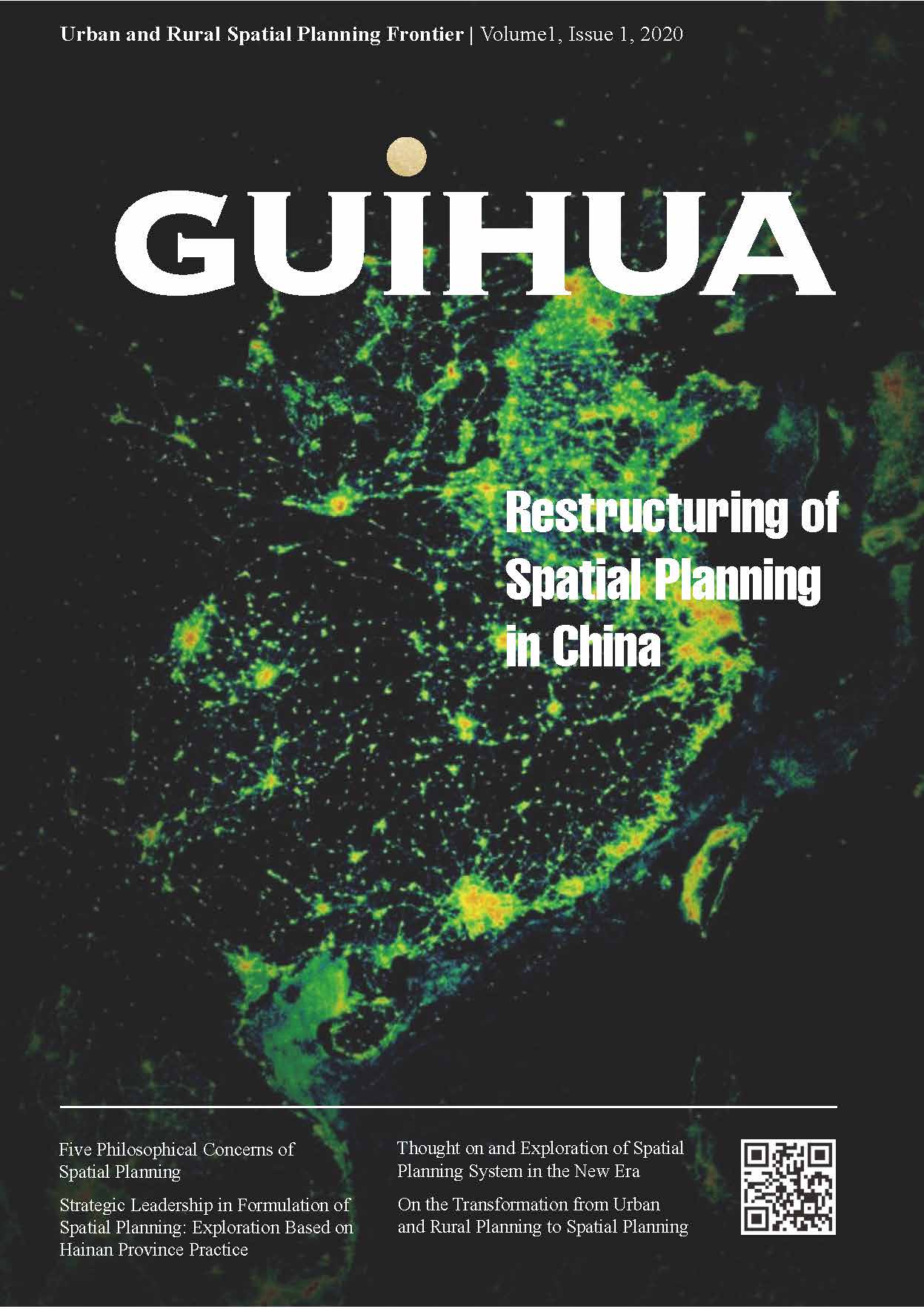
Frontiers of Urban and Rural Planning (FURP) is a forum for original research papers, reviews, technical notes, and case studies focusing on all aspects of urban and rural planning. Topics of this journal include historical wisdom of urban and rural development, spatial distribution nature of urban and rural areas, planning practice, cutting-edge technology, innovative design, smart city construction, human settlements governance, and sustainable development strategy. In order to promote the resident’s well-being and sustainable development in both urban and rural areas, innovative and multi-disciplinary studies that stimulates the use of integrated approaches in spatial planning are especially encouraged.
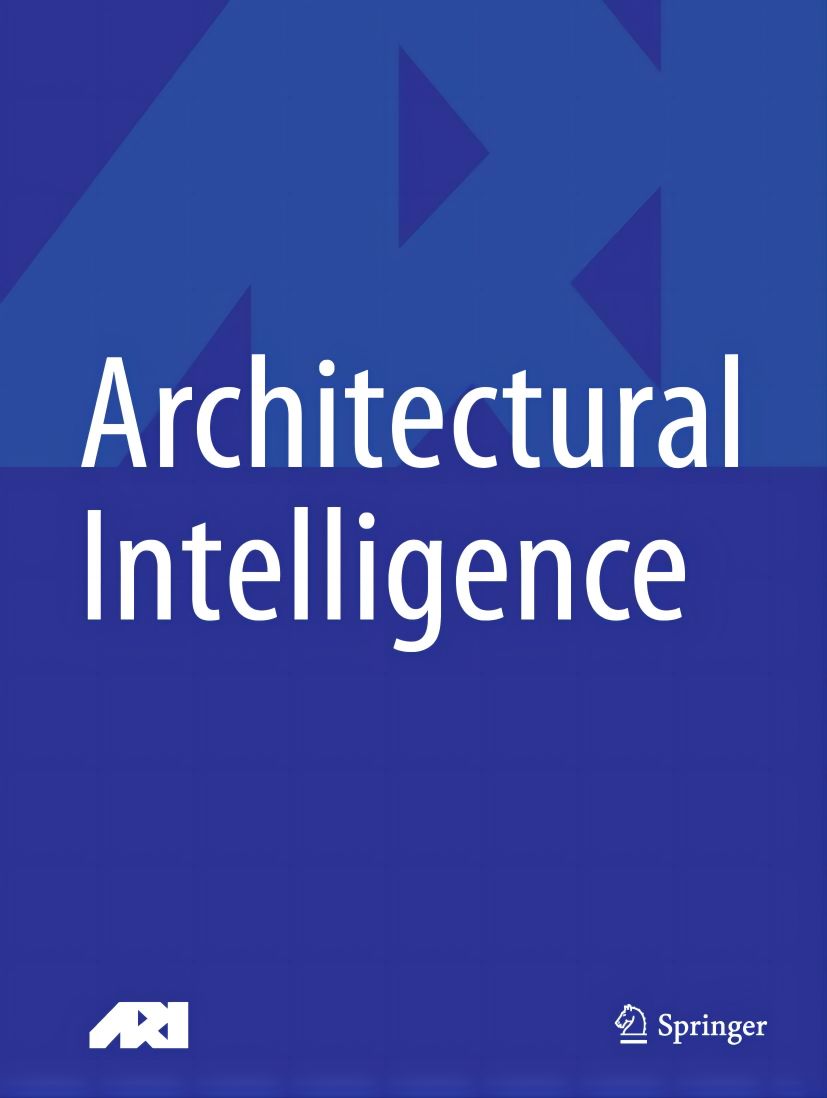
Architectural Intelligence is a peer-reviewed journal for original research papers focusing on the three future scenarios of smart habitat, virtual habitat and space habitat, and emerging digital technologies in the whole lifecycle of architecture, including design, simulation, optimization, construction, operation, and inhabitation. The journal sees design thinking as the interface between advanced digital technologies and the built environment, and embraces all forms of intelligence in architecture, urban design, and landscape architecture. Meanwhile, it initiates a series of dialogs crossing civil engineering, environmental engineering, computer science, social science, and other relevant disciplines to generate new knowledge and new techniques.
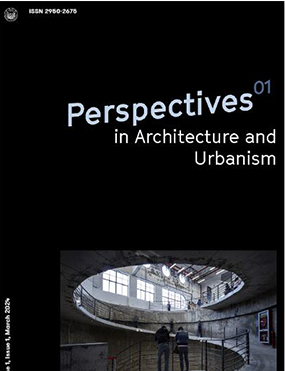
In the midst of these dynamic changes, Perspectives in Architecture and Urbanism provides a platform for sharing new intellectual horizons and research perspectives about global issues and regional specificities related to architecture and urbanism. The journal attempts to respond to contemporary challenges such as environmental sustainability, rapid urbanization, cultural differences, and the accelerating impact of technology. The journal will include alternative, multiple, and indigenous narratives from a broad array of historical, social, cultural, and technological perspectives. In this way, readers will understand the importance of reaching beyond singular narratives of modernity to rethink the intellectual framework about, and the more holistic understanding of contemporary architecture and urbanism.
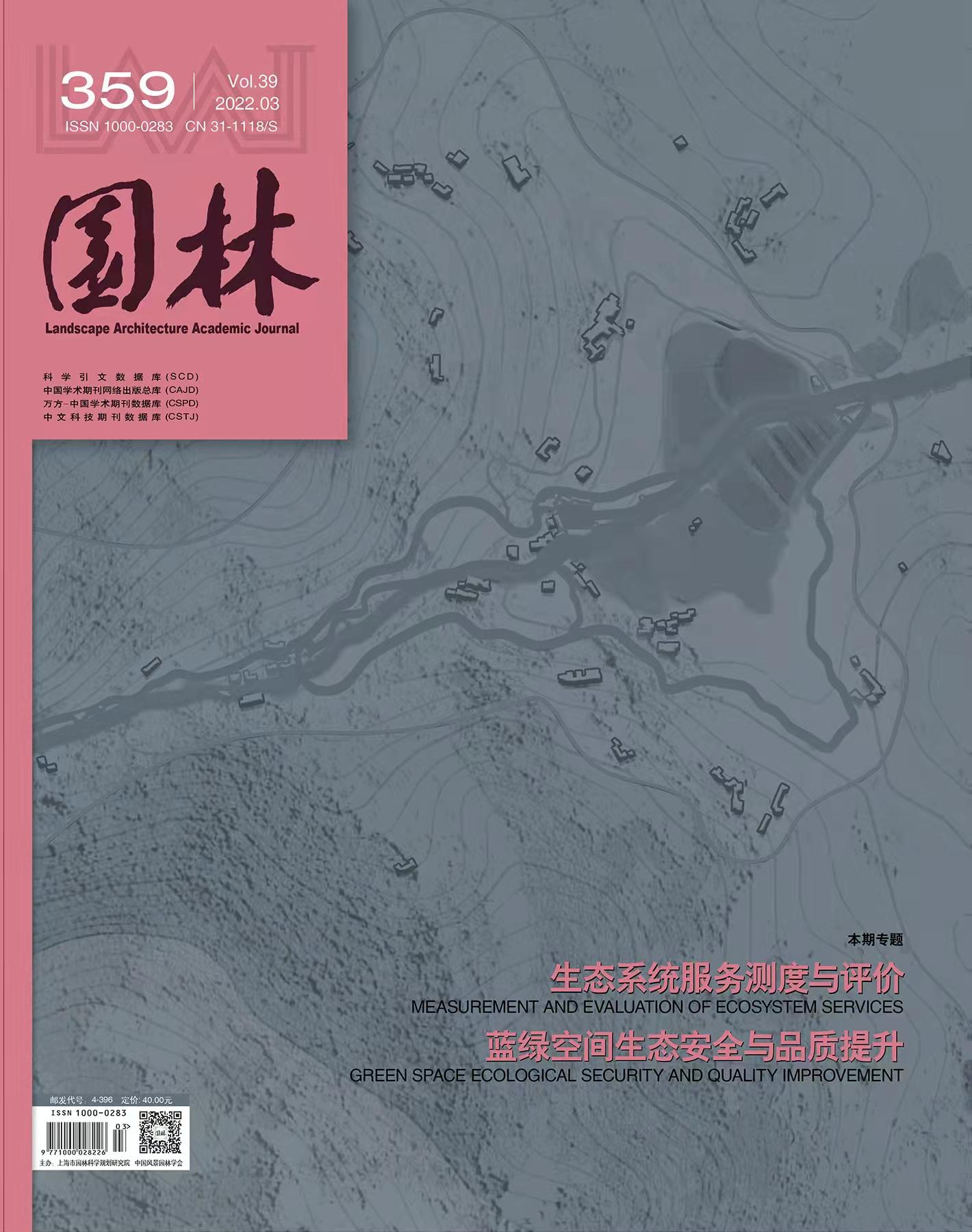
Landscape Architecture Academic Journal is a comprehensive academic journal of landscape architecture, publishing new theories, technologies, and developments in landscape architecture and related interdisciplinary fields. It provides an academic exchange platform and serves the development of China's landscape architecture industry. The aim is to explore academic hotspots from a professional perspective, promote technological progress in the industry, and combine academic, practical, and humanistic aspects.